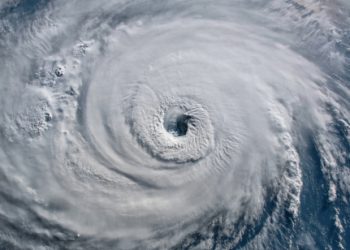This winter was the wettest on record for the US, especially after a steady march of snow and rain storms across the country between December 2018 and the end of February 2019, according to data provided by US NOAA. The wet weather last month also made February 2019 the second wettest February on record.
Climate by the numbers
February 2019
- The average temperature during February across the contiguous US was 32.0 degrees F (1.8 degrees below average), which put it among the coolest third of the 125-year record for February.
- However, the US Southeast experienced much-above-average temperatures, with Florida having its second-hottest February on record.
- The average precipitation for February was 3.22 inches (1.09 inches above average), making it the second wettest February on record.
- Across the US, 19 states had a top-10 wettest February, with Tennessee having its wettest February on record.
Winter | December 2018–February 2019
- The total US winter precipitation was 9.01 inches (2.22 inches above average), which made it the wettest winter on record, beating the winter of 1997-98 by 0.02 of an inch.
- Much of the western U.S. received above-average precipitation, while regions in the Great Lakes, Mississippi, Ohio and Tennessee River Valleys, and High Plains experienced much-above average and record precipitation.
- The winter temperature was 33.4 degrees F (1.2 degrees above average), ranking it among the hottest third of winters on record, with warmer-than-average temperatures across the Deep South, the Southeast and parts of New England.

Other highlights
- Shivering temperatures: In February, below-average to much-below-average temperatures were tallied from the West Coast to the Great Lakes. For example, the average February temperature for Great Falls, Montana, was nearly 28 degrees F below normal — more than 10 degrees colder than the previous record.
- Record snowfalls: Several cities had record snowfall in February, including Seattle (20.2 inches); Pendleton, Oregon (32.5 inches); Minneapolis (39.0 inches); Rochester, Minnesota (40.0 inches); and Eau Claire, Wisconsin (53.7 inches).
- Drought improvement: At February’s end, the US Drought Monitor showed 11.9 % of the contiguous U.S. to be in drought, down from 16.5 % at the end of January.






























































